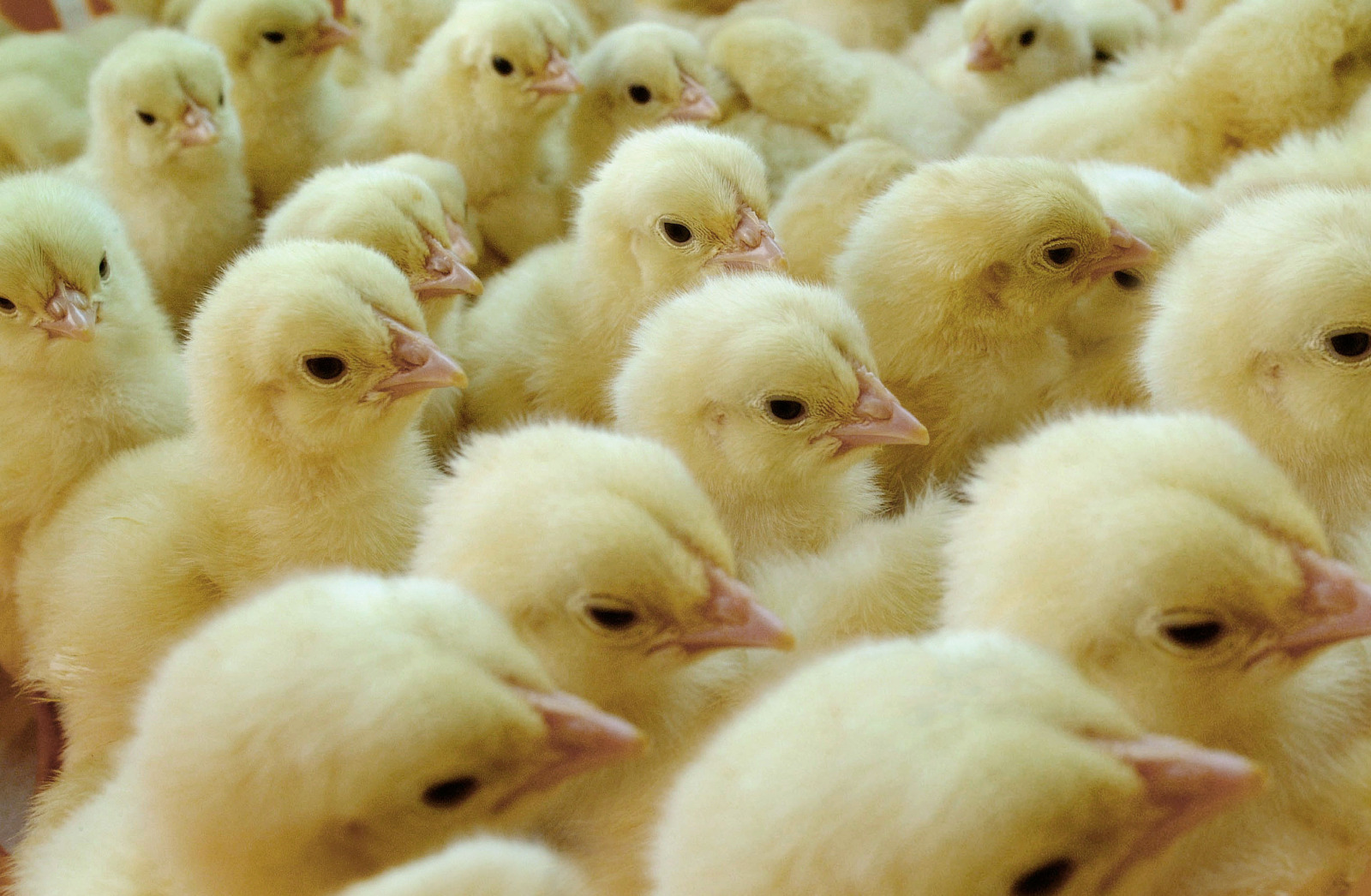
In this study researchers investigate the importante of right incubation temperature on broiler performance. Up to 30% of late growth meat chickens demonstrate reduced levels of locomotion (Knowles et al. 2008), which is cause for concern for both the industry and chicken meat consumer.
Egg incubation, which represents up to 30% of the existence of a meat chicken, and in particular, egg shell temperature (EST), has been shown to have an effect on leg health of fast growing broilers (Groves and Muir, 2016).

We have previously reported that, in a meat chicken parent line, early incubation at EST below 37.8°C (the recommended temperature) improved bone parameters, including a higher femoral bone ash (FBA) at hatch, and, a longer latency to lie (LTL) time at 6 weeks of age, when compared to chicks incubated at 37.8 °C EST (Groves and Muir, 2014). The current experiment evaluated the effect of a lower EST during early incubation, on chick hatch window, percent hatch, chick quality, bone ash and 5 week latency to lie, in two commercial strains of meat chicken (strain A and B).
Fertile eggs for both strains were obtained from breeder flocks aged 30-35 weeks at the time the eggs were laid. Each egg was identified with a number prior to the start of incubation. Incubation EST treatments were identified as Standard incubation (37.8°C EST from setting to day 18 incubation), or, Slow start incubation, (a gradual increase from 36.9°C EST at setting to 37.8°C at day 16 incubation). EST was measured every minute, on one egg near the centre of each tray, using a Netic® temperature sensor. At 18 days incubation each egg was moved into an individual hatching cell in a hatching tray, and all chicks were hatched under the same temperature regime.
Chick hatch was observed every 6 hours from 468 (19.5 days) until 516 hours (21.5 days) of incubation, enabling determination of chick hatch window and percent hatch. At 516 hrs chicks were removed from the incubator (take – off; TO) and weighed. A subset of chicks, chosen at random, were utilized to determine chick length and FBA at TO. Remaining chicks were grown to 5 weeks of age, at which time the standing ability of all visibly male birds was assessed in a LTL test.
Under both EST treatments, the mean hatch time of strain A birds was earlier than strain B. Compared to the Standard incubation, Slow start incubation delayed mean hatch time and increased chick weight at TO in both strain A and B. However the Slow start reduced percent hatch in strain B. Strain B had significantly higher FBA at TO, with a moderate interaction (P=0.07) of incubation and strain on FBA. From day 7 to day 35 of age there were no significant differences in mean chick weight. However, growth rate from hatch to day 7 only, was highest for chicks incubated under the Standard treatment compared to Slow start incubation.
The LTL of both strain A and B birds when 5 weeks of age, was significantly longer in chicks exposed to the Slow start compared to the Standard.
In both strains, a lower EST during the first 16 days of incubation delayed chick hatch time, increased chick weight at TO and generated an extended standing time at 5 weeks of age. However despite the latter benefit, the detrimental effect of the Slow start incubation on the percent hatch of strain B highlights the need to assess such alterations in each strain of bird.
This research was funded by Australian Rural Industries Research and Development Corporation, Chicken Meat.
From the Proceedings of the Australian Poultry Science Symposium
References:
Groves PJ & Muir WI (2014) PLoS ONE 9: e102682.
Groves PJ & Muir WI (2016) Animal DOI: http://dx.doi.org/10.1017/S1751731116001105
Knowles TG, Kestin SC, Haslam SM, Brown SN, Green LE, Butterworth A, Pope SJ, Pfeiffer D & Nichol CJ (2008) PLoS ONE 3: e1545.
News
News
News
News